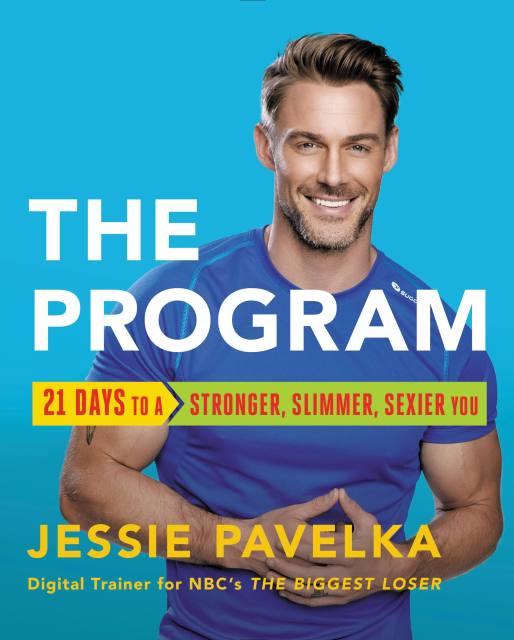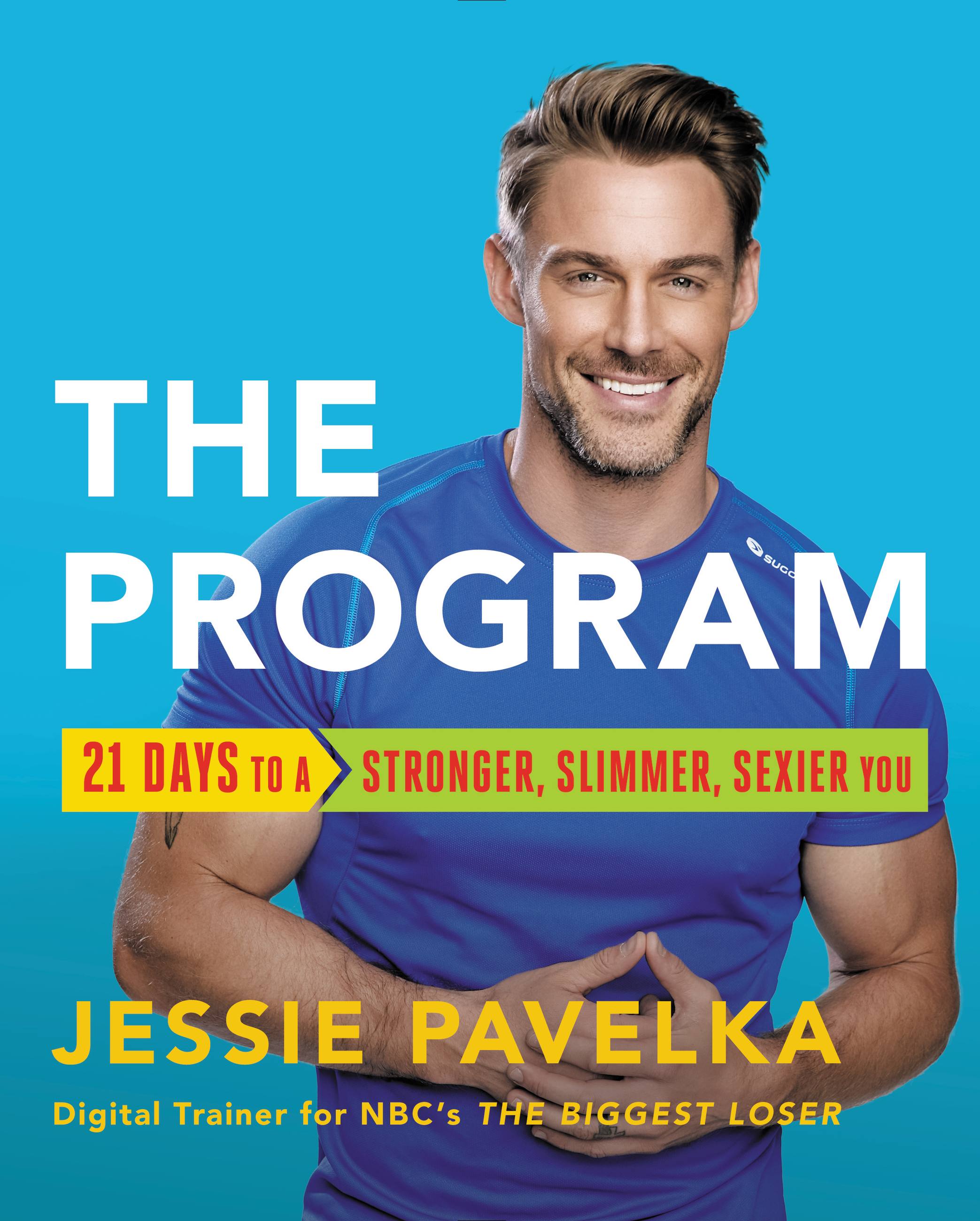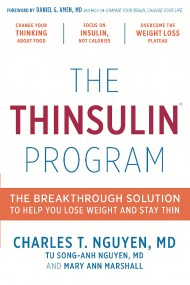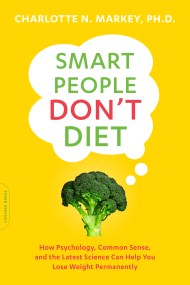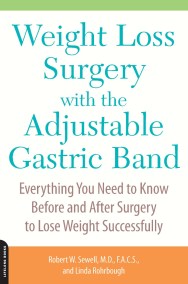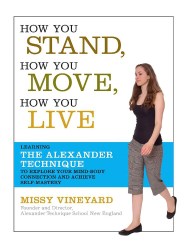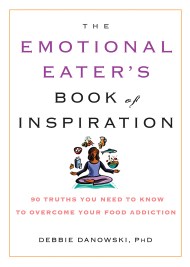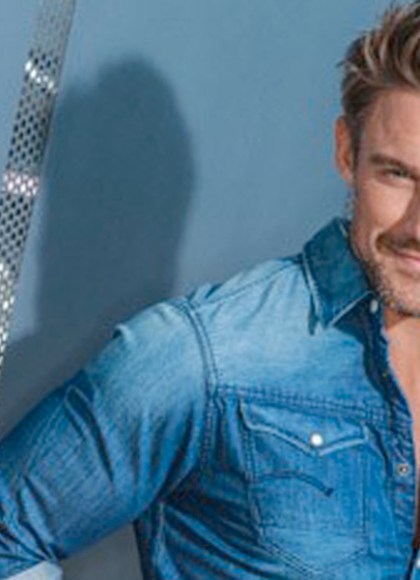Promotion
Use code MOM24 for 20% off site wide + free shipping over $45
The Program
21 Days to a Stronger, Slimmer, Sexier You
Contributors
Formats and Prices
Price
$13.99Price
$17.99 CADFormat
Format:
- ebook $13.99 $17.99 CAD
- Audiobook Download (Unabridged)
This item is a preorder. Your payment method will be charged immediately, and the product is expected to ship on or around May 10, 2016. This date is subject to change due to shipping delays beyond our control.
Also available from:
For more than 10 years–most recently as the newest trainer on the hit television show The Biggest Loser and now inspiring its huge online community — fitness expert Jessie Pavelka gets results by keeping it simple. Pavelka knows health is all about living well, so he makes it easy to get with the program!
For the first time, The Program brings together Pavelka’s most effective tips, techniques, and no-fail workouts in book form. “Challenge yourself,” Pavelka says. “Simply commit to making one change every day.” The Program is organized by Pavelka’s four pillars and his belief that making small changes in these areas leads to amazing benefits. These are:
- EAT: More than 60 simple recipes that have a ratio of lean protein, good carbohydrates, and healthy fat will reshape readers’ relationship with their grocery list.
- SWEAT: More than 100 workouts are illustrated to inspire novices and experts alike, and the variety Pavelka provides will keep readers engaged.
- THINK: Wellbeing begins with positive thoughts — Pavelka’s mindful practices are a refreshing blend of affirmation, relaxation, and focus.
- CONNECT: Pavelka provides tips on how to cultivate a support network that will keep you with The Program.
Based on years of experience and successful coaching of thousands of clients on television and off, Pavelka’s The Program will help you harness your individual power while losing weight, getting healthy, and enjoying life.
Genre:
- On Sale
- May 10, 2016
- Page Count
- 240 pages
- Publisher
- Hachette Books
- ISBN-13
- 9780316266536
Newsletter Signup
By clicking ‘Sign Up,’ I acknowledge that I have read and agree to Hachette Book Group’s Privacy Policy and Terms of Use
